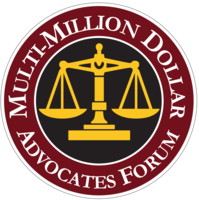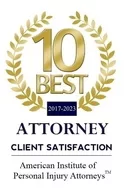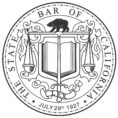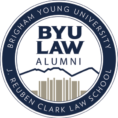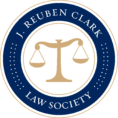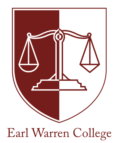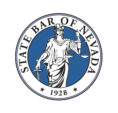Accidents Involving Minors: How Child Injury Claims Work Differently in California
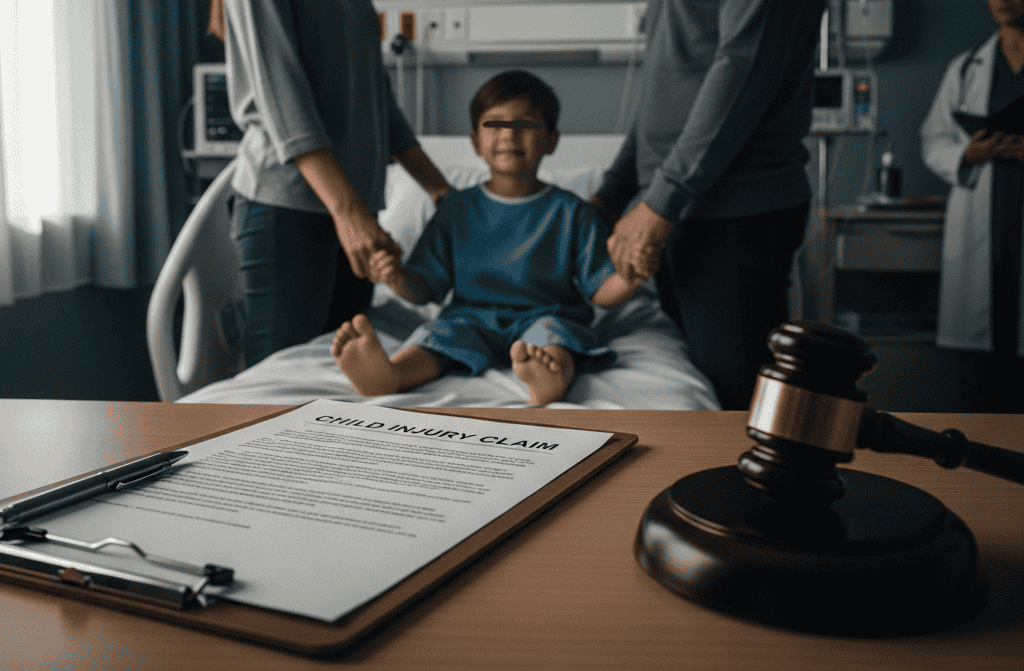
Sadly, the National Safety Council reports that accidents are the leading cause of death for children ages 1 to 19, accounting for over 12,000 U.S. fatalities annually. When a child suffers injuries in an accident, parents face overwhelming emotions and tough decisions.
Child injury cases use different legal approaches than adult personal injury cases, as California law recognizes that minors need more protection under the legal system. Thus, the legal process becomes more involved when a minor is the injured party.
At Harker Injury Law, we know that when your child gets hurt, your world stops. We’re here to help you move forward while your child heals. Please reach out to us today for a free consultation to discuss your child’s case and learn about your legal options.
How Child Injury Claims Differ From Adult Cases
Minors cannot file a personal injury lawsuit on their own behalf. Instead, a parent or legal guardian must start the personal injury claim. The parent often makes all legal decisions throughout the process.
All settlements require court approval before they become final. This ensures the agreement truly serves the child’s best interests.
Key differences in child injury cases versus adult injury cases are as follows:
- Parents or guardians must file the personal injury claim on behalf of the child
- Settlement funds are placed in a blocked account until the child reaches age 18
- The statute of limitations runs differently for minors than for adults
- Future damages calculations extend much further into the future
- Multiple parties may need to approve medical treatment decisions
The Guardian Ad Litem Role in Child Cases
A guardian ad litem is someone the court appoints to represent the child’s best interests in a case. Unlike the child’s parents, who might have emotional or financial reasons that affect their decisions, this person focuses only on what is best for the child. The guardian ad litem is not part of the family and works just for the child.
A guardian ad litem is usually needed when a large amount of money is involved or when the child’s needs don’t match what the parents want.
Guardian Ad Litem Responsibilities
The guardian ad litem has specific duties aimed at protecting the child’s interests during the case. These include:
- Hiring medical experts to assess the child’s condition and prognosis
- Attending depositions and reviewing medical records
- Speaking with the child when it is appropriate
- Overseeing decisions to avoid outcomes that could limit the child’s recovery
This person also manages conflicts that might arise between parents and the child’s best interests. For example, parents might want to settle quickly to pay immediate bills. However, the child might benefit more from a longer legal process that secures better future care.
Statute of Limitations for Child Injury Cases
The statute of limitations for minors doesn’t begin running until the child turns 18 years old. This means a child injured at age 5 has until age 20 or 21 to file a personal injury lawsuit. This gives families 15 or 16 years instead of the standard 2-year adult deadline.
Brain injuries are an example of why longer deadlines are needed. A head injury that seems minor at age 6 might not reveal learning disabilities until middle school or cognitive issues until high school. The extra time lets families understand the full impact before filing a personal injury claim.
Cases against government entities have much tighter deadlines. In California, you have 6 months to file an administrative claim regardless of the child’s age. Missing this deadline ends the claim permanently, even for minors who otherwise have more time.
Contact Harker Injury Law to find out how much time you have. We have the legal knowledge and experience to count the time we have left to resolve your case.
Types of Compensation in Child Injury Cases
Children face decades of potential medical treatment. This makes their personal injury cases more expensive than similar adult injuries.
For example, a spinal cord injury in a 10-year-old requires:
- Medical care for years to come
- Multiple surgeries
- Equipment replacements
- Evolving treatment technologies
Rehabilitation needs also change as children grow and develop. Physical therapy differs for a 5-year-old versus a 15-year-old with the same injury. Adaptive equipment must be replaced as children outgrow wheelchairs and prosthetics. These ongoing costs can exceed the initial medical expenses in child injury cases.
Court Approval Process for Child Settlements
Every settlement in child injury cases requires court approval through a formal hearing process. The judge reviews many important parts of the case. He or she has the authority to reject settlements and order parties to negotiation or trial.
Judges often consider the following:
- Whether the settlement covers all medical expenses
- Whether it provides adequate future income replacement
- Whether it fairly compensates for pain and suffering
- Whether legal fees are reasonable and do not unfairly reduce the child’s recovery
How settlement funds are managed
Settlement funds are usually placed in an account that earns interest. It cannot be accessed without court permission until the child reaches 18.
Courts may allow periodic use for needs like:
- Medical equipment
- Education expenses
- Therapeutic services that benefit the child’s recovery
Each distribution requires a separate court petition explaining the need and expense.
Different types of settlements
Minors can receive their settlements in different ways. Some settlement options include:
- Blocked accounts with restricted access until age 18 or older
- Structured settlements provide periodic payments over time
- Court-supervised investment accounts managed by financial professionals
- Trust arrangements for children with permanent disabilities
- Hybrid approaches combining immediate access funds with long-term savings
The team at Harker Injury Law can clarify what you may expect in your case. Consultations with us are free, so call to schedule today!
Special Considerations for Different Types of Child Accidents
Some accidents involving children raise special legal issues. The type of accident and where it happened can affect who is responsible and how the case moves forward.
Minors and car accidents
California’s laws are very clear when it comes to children in accidents. Here are the laws you need to know:
- Parents must secure children in the correct car seats or booster seats for their ages
- Very young children are usually not held responsible for their actions
- Courts decide how much teen drivers are responsible and how much they can recover for injuries
- Insurance may cover teen drivers, but payments can be limited if the teen caused the crash
School and playground accidents
When your child gets hurt at school, you want to know if the school did everything it should have to keep your child safe. Schools must provide reasonable supervision for children based on their ages and activities.
Whether a school can be held responsible depends on several important factors:
- Elementary playgrounds need closer watching than high school fields
- Schools can be held liable when they don’t supervise children properly
- Schools aren’t responsible for every accident that happens on their property
Courts often protect schools’ general policy decisions from lawsuits. For example, schools usually can’t be sued for their teaching plans or overall supervision rules.
However, schools can be held responsible when they fail to fix broken playground equipment or don’t maintain safe conditions. Each case is different and requires a personal injury lawyer to review what really happened.
Premises liability and attractive nuisances
The “attractive nuisance doctrine,” as it is commonly called nationwide, also applies in California. This rule applies in premises liability claims, especially when children are involved.
To put it simply, property owners are legally obligated to prevent injury in connection with dangerous conditions that might attract children — such as a deep swimming pool, for example — because kids are unlikely to recognize the risks of the hazard that caught their attention.
For a property owner to be found liable under the attractive nuisance doctrine, the following must be true:
- He or she knew, or should have known, that kids would likely trespass in the area of the hazard
- The hazard poses unreasonable risk of serious injury or death to a child
- Eliminating the hazard is a minimal burden compared to the danger
- The property owner failed to address the hazard to a reasonable degree
Experienced personal injury attorneys know which local laws and principles may strengthen your case. Contact Harker Injury Law to learn your options.
Speak to a Child Injury Claims Attorney Today
Child injury claims involve multiple court processes. Navigating these requires knowing how to work within the legal system. That’s where an experienced personal injury lawyer comes in.
At Harker Injury Law, we take care of every detail so families can concentrate on healing. We understand that every case is important, regardless of its size. We fight for maximum compensation for every injured child we represent, so let us handle the legal complexities while you focus on your child’s recovery and healing.
We are here to guide you through the legal process so you can have peace of mind and look after your family. Contact us today for your free consultation.


